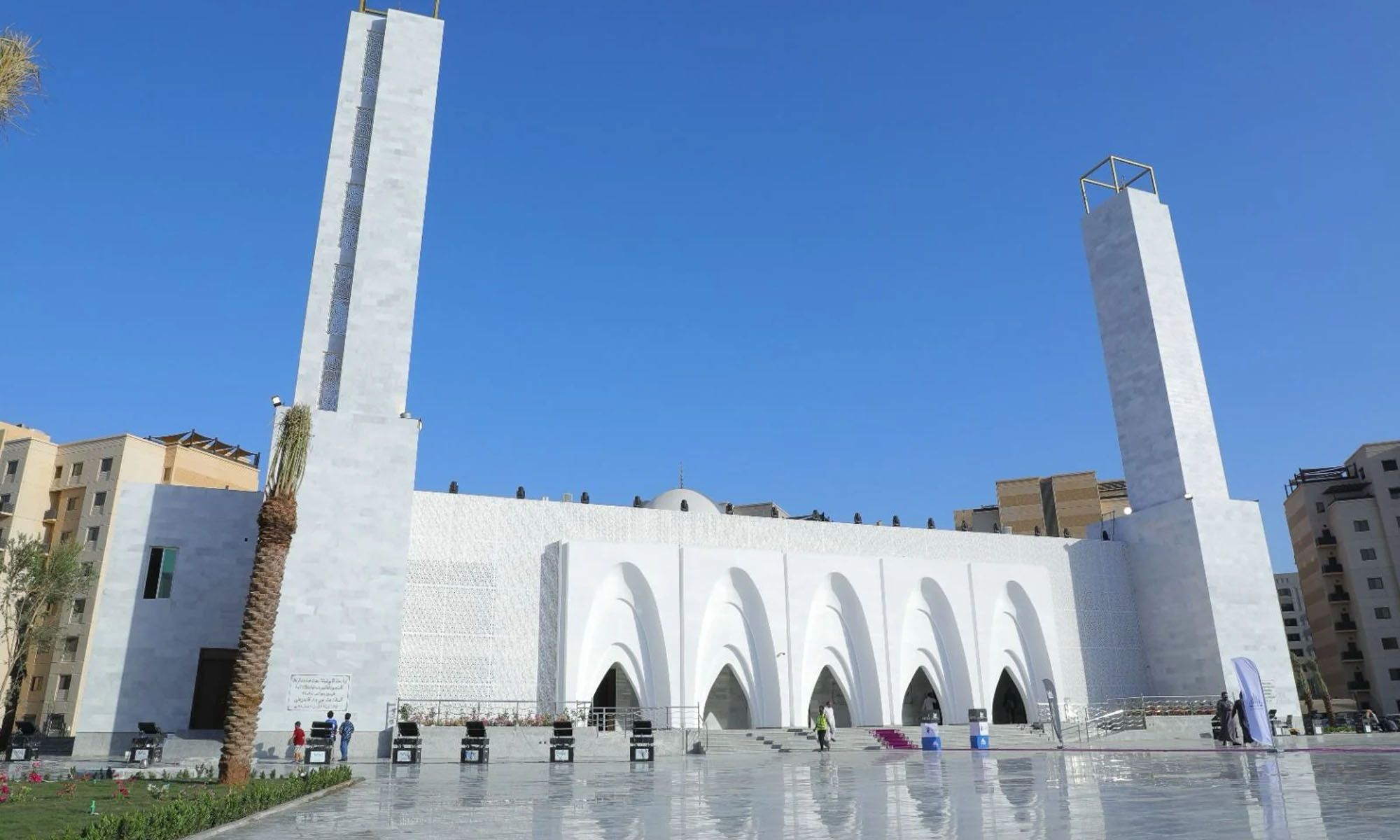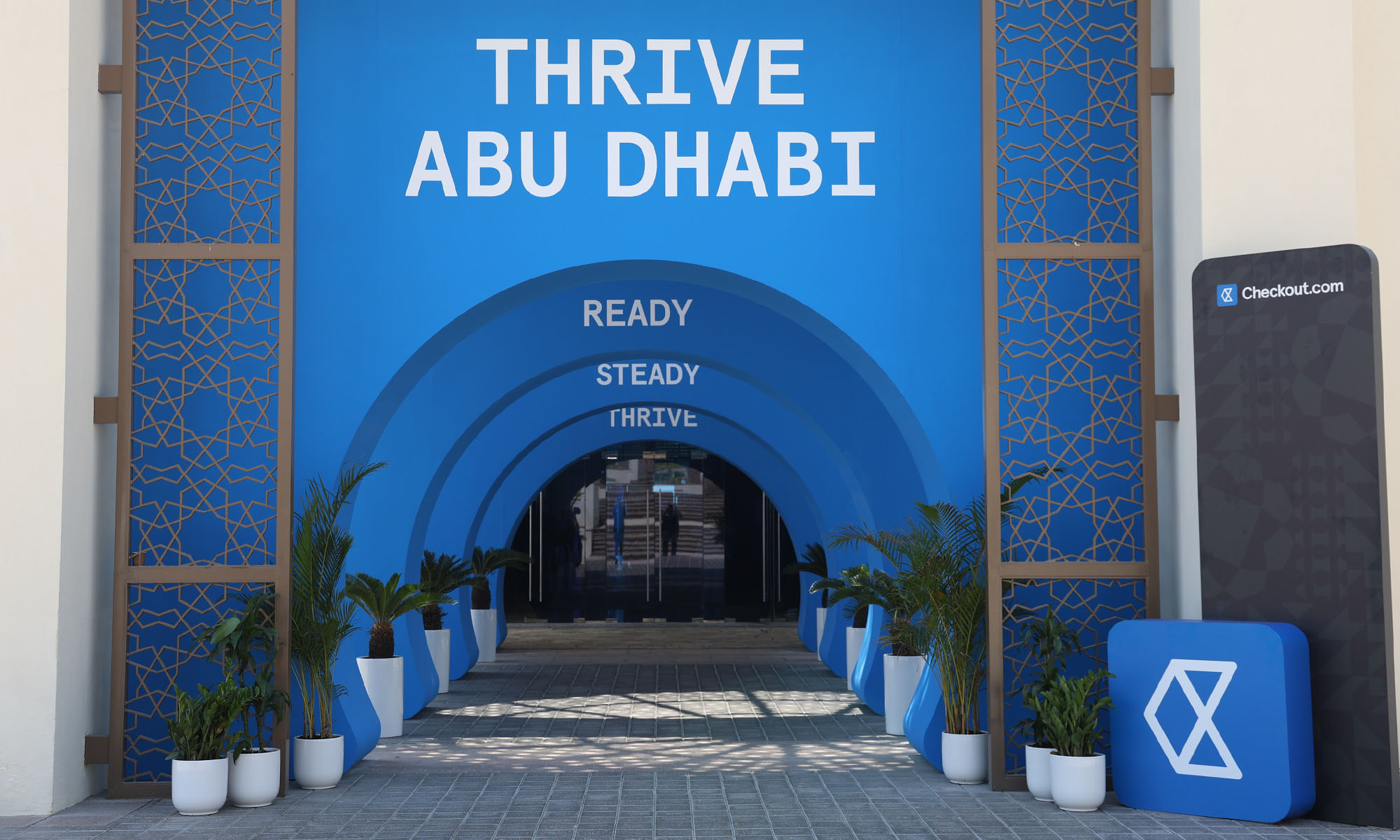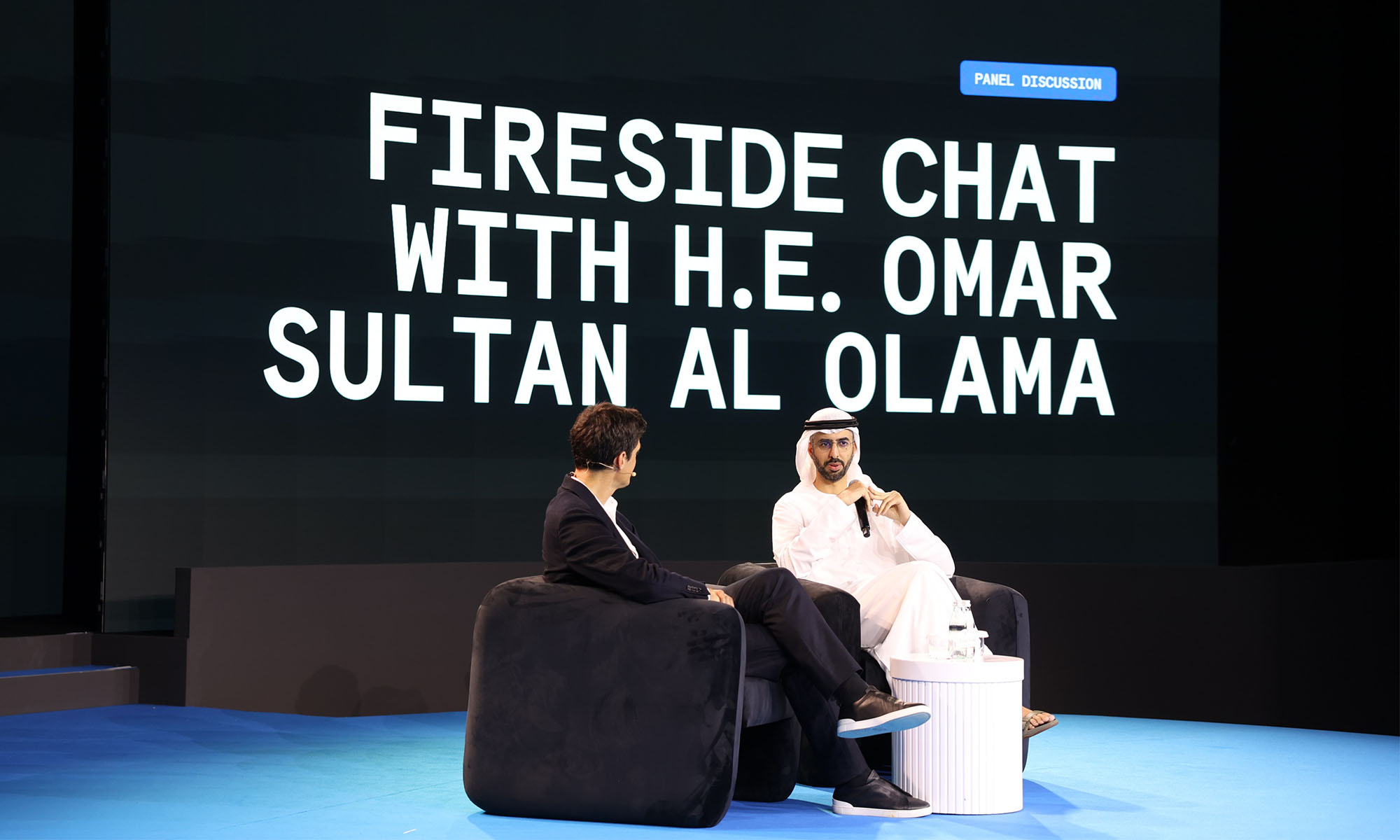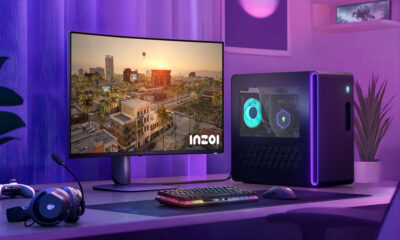News
Pioneering 3D-Printed Mosque Unveiled In Jeddah
The Abdulaziz Abdullah Sharbatly mosque is constructed using cutting-edge technology and symbolizes Saudi Arabia’s Vision 2030.

Although readers might be led to believe that 3D-printed architecture is a new concept, the technique actually traces its origins back over 80 years of theoretical design and 40 years of practical application. Initially employed for constructing cement-based structures, 3D printing has streamlined the process of laying down foundational bases for buildings from China to Europe and now to the Middle East.
Situated in Jeddah’s Al-Jawhara suburb, the 5,600-square-meter Abdulaziz Abdullah Sharbatly mosque is the first in the world to be created using 3D printing. Employing technology from renowned Chinese manufacturer Guanli, the religious building was commissioned by Saudi entrepreneur Wajnat Abdulwahed in memory of her late husband.
| افتتاح أول جامع في العالم يُبنى بتقنية الطباعة ثلاثية الأبعاد بجدة في #ضاحية_الجوهرة إحدى ضواحي #الوطنية_للإسكان باسم جامع السيد/ عبدالعزيز عبدالله شربتلي رحمه الله، على مساحة 5600 م2، كإهداء من زوجته @W_Abdulwahed رئيسة مجلس إدارة منظومة فرسان العقارية المنفّذة للمشروع. pic.twitter.com/WyEHpBX2wD
— عدّاد جدة (@3adad) March 7, 2024
Built by Forsan Real Estate under Abdulwahed’s direction, the mosque is part of the National Housing Co.’s portfolio and was opened to the public amidst a gathering of Saudi business leaders and senior government officials.
The Abdulaziz Abdullah Sharbatly project aims to introduce modern built-environment technologies to Saudi Arabia, positioning the nation as an early adopter. Utilizing a 3D scanner and specialized Computer-Aided Design (CAD) software, Guanli employed additive manufacturing to construct successive layers, significantly reducing material wastage compared to conventional techniques.
Also Read: Getting Started With Google Gemini: A Beginner’s Guide
During an interview with Arab News, Abdulwahed explained that the “design concept of the mosque was based on fostering a sense of tranquility among worshippers through the principle of gracious hospitality. The mosque’s design was centered within a circle that can be easily oriented towards the qibla. Attention was paid to the building’s mass and its relationship with natural light, the design of entrances and gates, and the exterior facades to reflect the architectural identity”.
The white facade of the mosque is flagged by distinctive towering minarets and complimented by an open-air outdoor courtyard, which allows a greater number of worshippers inside during busy times such as Friday prayers, taraweeh prayers in Ramadan, and Eid.
News
Checkout.com Set To Launch Card Issuing In The UAE
The payment service provider’s expansion is a first-of-its-kind investment and could reshape digital transactions across the region.

Checkout.com is laying the groundwork to become the first global payments platform to introduce card issuing in the United Arab Emirates — a move that could reshape how businesses in the region manage financial transactions.
The company plans to roll out its domestic card issuance offering in the UAE by 2026, subject to regulatory approval. The launch would give businesses the tools to issue both physical and virtual branded cards. This, in turn, opens up new ways to reward customers, streamline expense processes, and handle B2B payouts efficiently.
Checkout.com’s CEO and Founder, Guillaume Pousaz, revealed the plans during Thrive Abu Dhabi, the firm’s debut conference in the Emirates. Joined on stage by Remo Giovanni Abbondandolo, General Manager for MENA, Pousaz presented to an audience of over 150 partners and merchants at Saadiyat Island. Also in attendance was H.E. Omar Sultan Al Olama, the UAE’s Minister of State for Artificial Intelligence, Digital Economy, and Remote Work Applications.

Abbondandolo highlighted the strategic importance of the announcement: “As a global business, we focus on bringing products to markets that our customers want and need. Today’s announcement is proof of our commitment to the MENA region and its rising influence in the digital economy. The appetite for innovation here is real, and we’re proud to be building the infrastructure that powers it”.
One early adopter of Checkout.com’s UAE acquiring services is Headout, a travel experiences marketplace, which recently named the payment provider as its main partner in Europe. The company has already begun card issuing there and is keen to expand that offering into MENA once approval is granted.
The expansion of services in the UAE and beyond builds on Checkout.com’s track record in the region. It was the first global payments firm to secure a Retail Payment Services license from the UAE’s Central Bank and was instrumental in rolling out Mada and Apple Pay in both the UAE and Saudi Arabia.
Also Read: Protecting Your WhatsApp Account From Hackers: Kaspersky Expert Tips
The firm has also been rolling out new products: One of the latest is Flow Remember Me, currently in beta testing. It allows shoppers to store their card information once and access it across Checkout.com’s entire network, potentially cutting checkout times by up to 70%.
Earlier this year, Checkout.com also introduced Visa Direct’s Push-to-Card solution in the UAE, enabling both domestic and international payouts. Its collaboration with Mastercard has grown as well, making it easier for businesses to send funds directly to third-party cards securely and quickly.
With regional tech ambitions on the rise — spurred by initiatives like Saudi Arabia’s Vision 2030 and the UAE’s 2031 Agenda — Checkout.com sees its role as one of a key enabler. “Our mission is to help ambitious businesses navigate the complexity of payments, so they can move faster, go further, and make the most of every opportunity,” said Abbondandolo. “In MENA, performance is personal. It’s local. It’s built on trust. And when payments perform, businesses thrive”.























